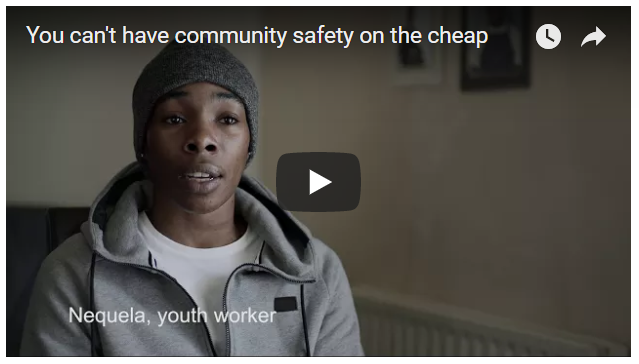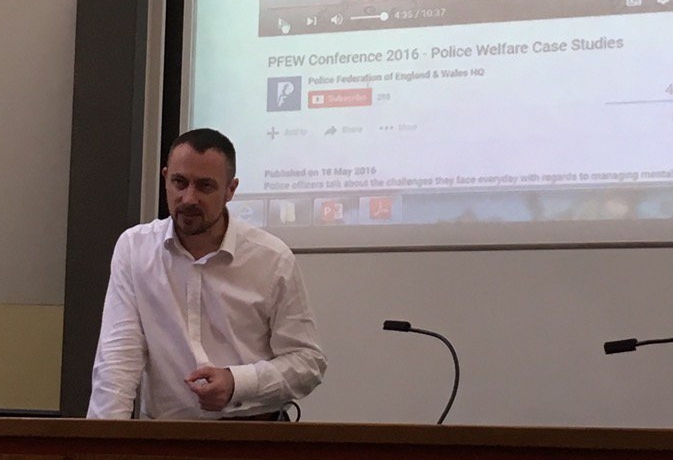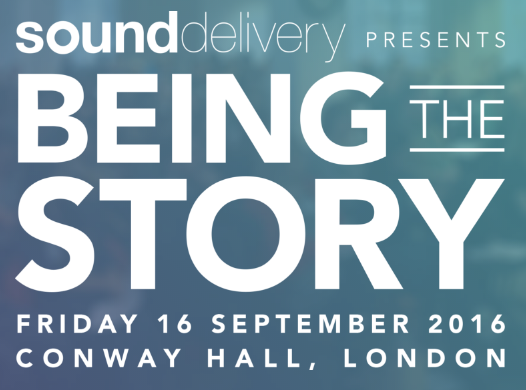Lessons for storytellers from Labour’s party political broadcast
The Labour Party’s latest party political broadcast aired last night. The documentary-style film tackles the impact of cuts in local communities and demonstrates the power of strong storytelling.
Taking political views out of the equation, and watching it purely from the perspective of critiquing it, the film reinforces the importance of some communications cornerstones:
Striking imagery – The broadcast opens with a pair of trainers hanging over phone wires on a street at dusk as a grieving mother speaks about her son. Kids hanging around estates and boarded up buildings run the risk of being clichéd but accompanied by powerful stories, they feel authentic.
Varied contributors – The film features local residents, youth and community workers, a parent, and retired police officers. Having worked within and alongside policing organisations for many years the latter is interesting to me; are these former officers more relatable because they can speak freely? Do they appear to be ‘more like us’ because they’re not in uniform? Consider whether the stories you tell reflect those you work with or help, and the audience you’re appealing to. A point which leads me on to…
Use of language – Those featured in the film talk about their personal circumstances in their own words; this is crucial for authenticity. An overly rehearsed statement won’t hit the mark as effectively as someone using their own words. It’s very difficult to script passion. We convey it best when we’re talking about an issue we know well and care about.
Raw emotion – The catch in Alison’s voice as she asks herself ‘do I remember what his skin felt like?’ and the twitch of retired police officer’s cheek as he reflects on what he has said convey a strength of emotion which isn’t easily done with words. These visual cues work brilliantly on film but can be conveyed in still photos too.
Strong call to action – What do you want people to think, feel or do after they have heard the stories you’re telling. For Labour, the message that ‘we need change’ is delivered by the individuals in the film and wasn’t followed with explicit instructions such as visiting a particular website or donation page. I would advocate being clear with your audience on what they can do next.
Watch the broadcast and let me know what stands out to you about how it tells a story – use the comments section below to share your thoughts.
Categories
- Content Creation (3)
- Events (6)
- Freelance Life (5)
- Guest Post (1)
- Media Relations (2)
- Social Media (11)
- Storytelling (8)
- Tips & tricks (9)
- Volunteering (5)




